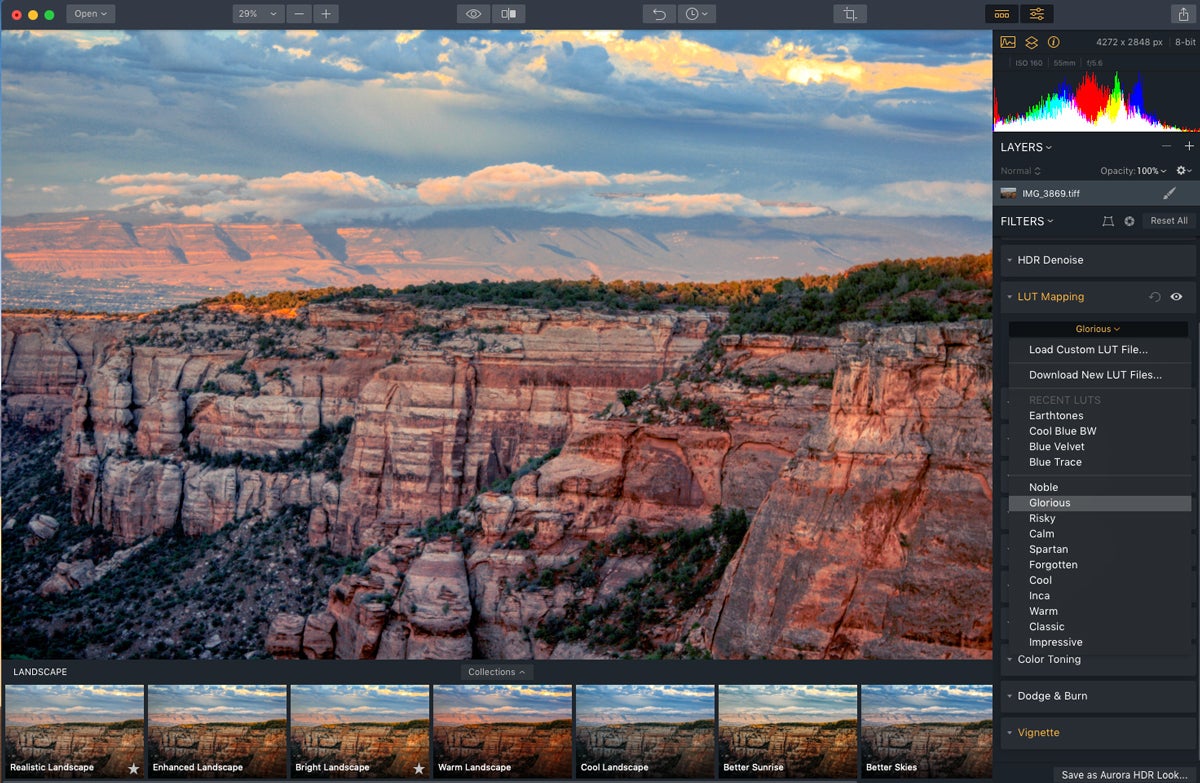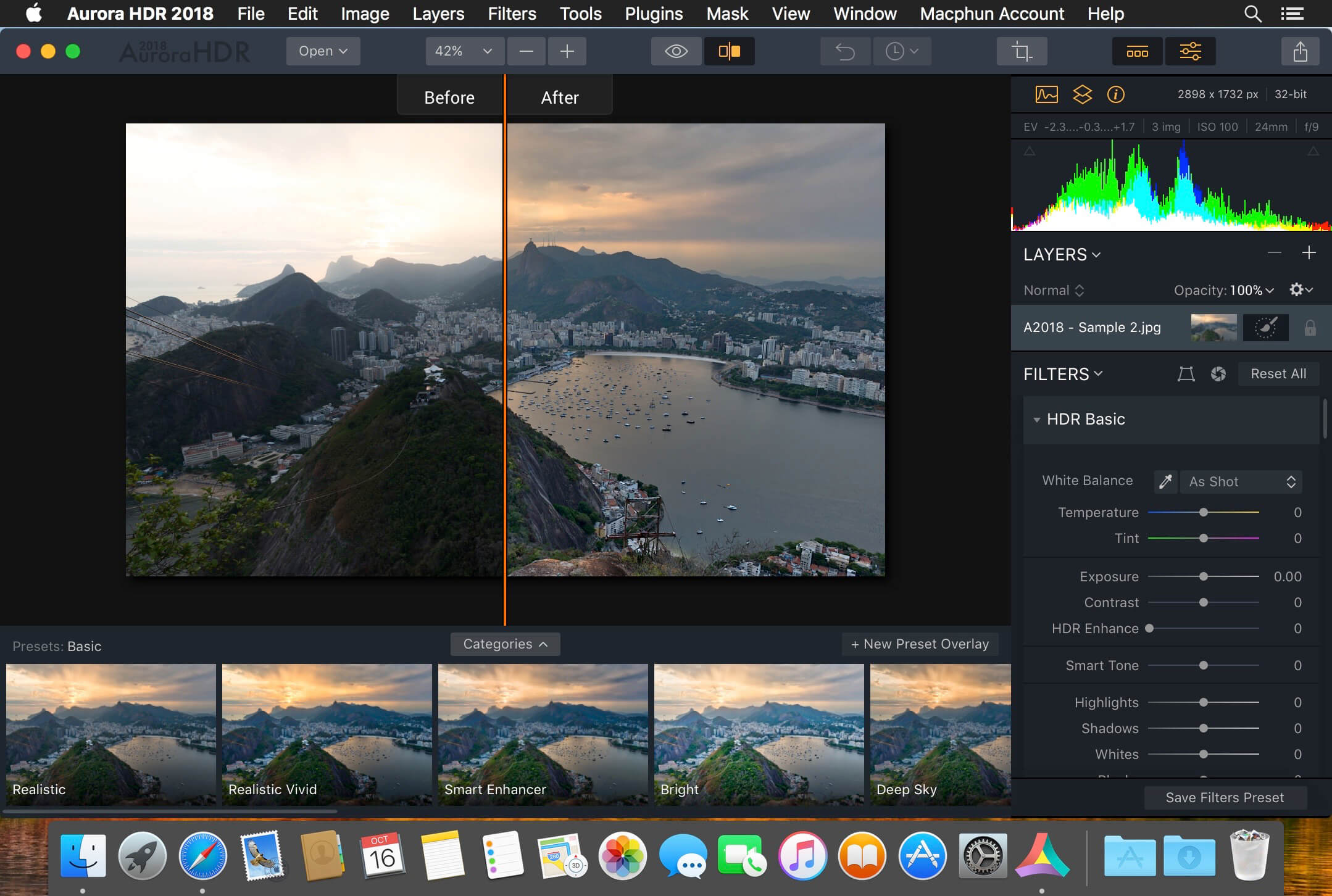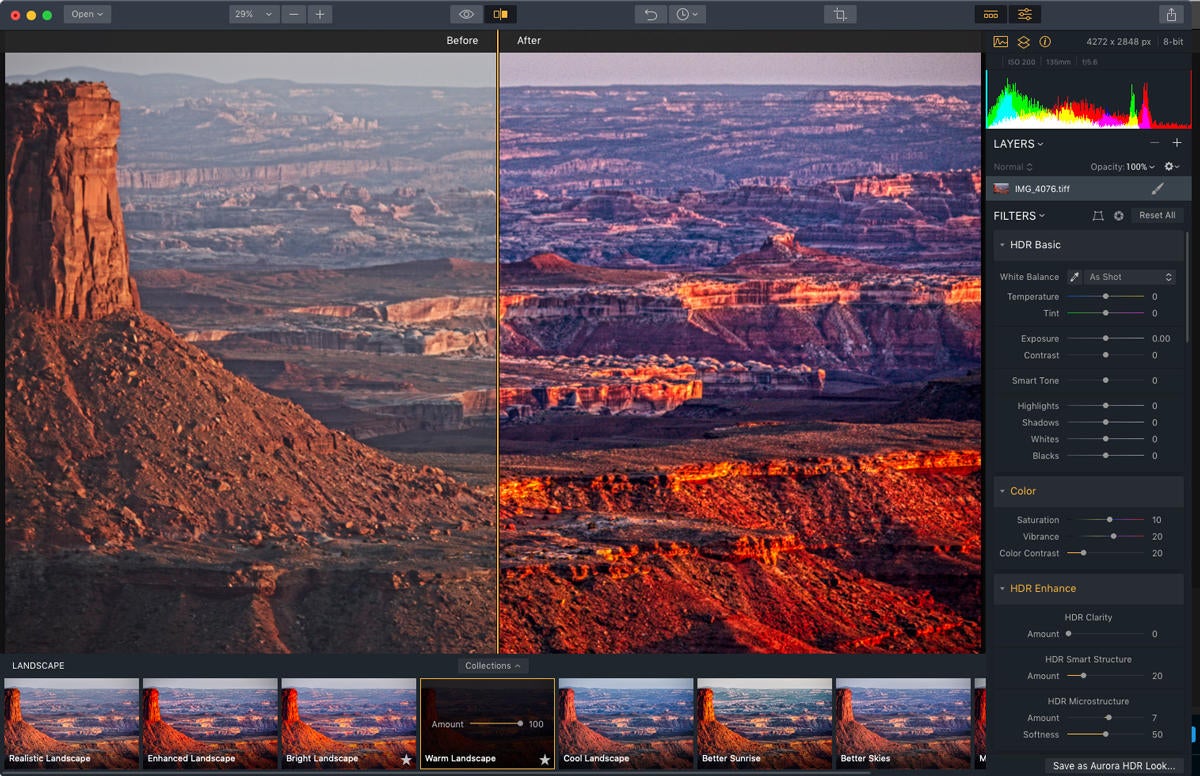
I found it particularly useful in Iceland and Ireland, on probably my only occasion to visit. I don't have to use HDR processing when the first shot will suffice, but it's there if I need it. That adds 4 stops to an already impressive dynamic range of a Sony A7Riii or A9. I shoot nearly every landscape and still life with a three shot HDR bracket, +/- 2 stops. The photo above is a neolithic stone circle in Ireland, taken on a lovely day typical of the Irish Spring. Who would care? I derive personal pleasure in creating something attractive, and occasionally others agree.

I could spend as much time manipulating a single image as Adams spent making a print (with the distinct advantage of doing it only once). There's a place for gritty representation of squalor, or flattened cans amidst weeds and mud, but not in my portfolio. Landscape art is not valued for documenting reality, rather as depicting something as we prefer to remember it. It can also extract color in an otherwise drab landscape, much like Velvia (which fails miserably under overcast). One of the best uses I have found for HDR is restoring structure to a hazy or overcast sky. Forget, for a moment, that he was known to cut down branches and trees that didn't fit his vision. Adams' singular advantage was capturing scenery not many had the resources to visit, nor the luxury of awaiting the perfect time and place. There weren't enough car owners to pay for roads without mud and ruts.

Horses were often used to pull them out of ruts.

There was a time when car bodies were shaped by hand, pounded into wooden molds with hammers. Is an example of a finely honed craft, organically integrated, as opposed to a lot of hdr work which is blatant and gimmicky


 0 kommentar(er)
0 kommentar(er)
